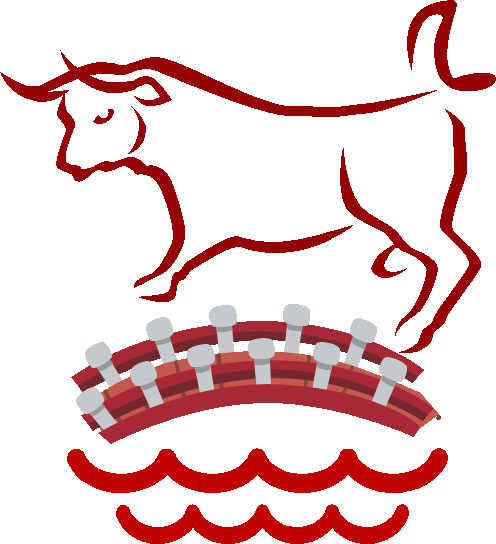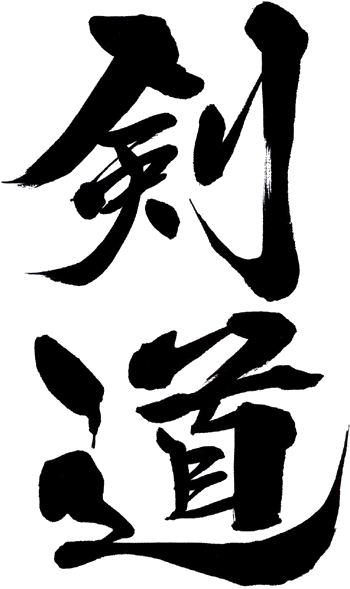Last updated: July 2012 11:08
What is the structure of the club?
We have various teachers up to third Dan plus a further pool of Senseis from other clubs can be called upon to provide cover to the class. The implication of this is that normally speaking; the only time the class is cancelled is for one week at Xmas. All Teachers will hold professional indemnity insurance through the British Kendo Association (BKA) and are subject to requirements to show competencies through the BKA coaching qualifications scheme. The Oxford City Club is a fully affiliated club recognised by the BKA. The BKA requires us to carry out health and safety risk assessments and to have a child protection policy in place (for under 18s). There are no separate club subscriptions to pay (other than �3 to cover hall rental charges). See below re: BKA membership.
Who can train?
Complete beginners 2+ to experienced kendoka. Students are from all walks of life, of any age and women train on equal terms with men. The type and level of practice can be adjusted to suit each pupil. There is no upper age limit. The most highly ranked kendo word-wide are in their sixties, seventies and eighties! Although there are lots of young people, it is common for people not to start learning kendo until their thirties or forties. It is not necessary to have studied another martial art or fencing sport previously but if this is something that you have enjoyed in the past you will love kendo! The best thing is to come down and watch, or even better try a lesson. There is no shame in coming once and deciding it's not for you.
Do I need to wear special clothes or have my own equipment?
No. You just need to wear sports or casual clothing that you can move in easily. For example jeans with a stiff, constricting shirt would be unsuitable but shorts, combats, jogging / tracksuit bottoms or leggings with a T-shirt / sports top, ideal. Alternatively, you can wear an old karate / judo suit if you prefer. We always practice in bare feet in the dojo. We bring plenty of shinai and bokken to class each week for beginners to use.
But if you did want to buy equipment, say after 6 months, how much would it be likely to cost?
Seniors wear a uniform based on the traditional dress of the Samurai in navy or with an optional white top for ladies. The hakama (bottoms) and Jo-i (top) cost from about �20 - �25 each. The bokken or bokuto is made of wood and designed to resemble weight and shape of a real sword or katana. The shinai is made of four pieces of bamboo tied together at one end, with a tubular leather handle and a leather cup at the other end. They cost from about �11 and �6, respectively to buy and you will also need a carry bag (�5). You must train without armour for at least 3 months for safety reasons but there will still be plenty of opportunities to hit things and people! We would encourage most people who train on a regular basis to think about getting into armour within 6 months, at the latest. Armour complete sets start at �180. As a small club we do not have sets for people to borrow but this is currently under review.
Are there grading exams and competitions?
Not all students wish to take gradings. This is respected. We aim to arrange around two club gradings per year for the lower kyu gradings (6th up to 2nd). Unlike other martial arts you don't need to take each lower kyu grading in turn. Your proficiently determines which grade will be awarded. With a mixed ability grading, different skill levels can be demonstrated. Only students who choose to opt to demonstrate both the lower and higher skill levels can be awarded the higher grades. Students who opt to only demonstrate the lower skill levels, particularly if also not in armour may only be awarded grades in the lower range. These gradings take place in the first hour of a normal class when required. 1st kyu or Ikkyu and the Dan Grades must be taken at a national seminar and grading. These always take place across Saturdays / Sundays but fortunately for us, generally are in well placed locations in relation to Oxford. You must be a current BKA member to participate in a grading. There are also residential seminars similar to training camps for those who are interested in the late spring / summer months.
What should I expect of a typical class?
We always start class with a warm-up for the first ten minutes. With the shinai we practise warm-up suburi (swings with a target), basic cuts to improve posture in the standard stance (chudan-no-kamae) and cutting technique and to build up speed and stamina. As we perform the suburi together we count in Japanese or shout the name of the strike (see below). An important part of kendo class is learning the courtesies: seiretsu (line up); bow: (rei); sit (sei-za); meditation (mokuso) and squat (sonkyo). Like any other martial art there are elements of the class which are formal but also plenty of opportunities to have fun with your fellow kendoka too. After suburi we normally practice footwork and then cuts against a simple target such at a shinai held out horizontally. In this section we are trying to bring together all the skills required for executing a successful, point-scoring strike in kendo. These include: demonstrating ki-ai (shouts which demonstrate fighting spirit); correct footwork; correct cutting action with ki-ken-tai-no-itchi (body, voice and stamping action together) and zanchin (fighting spirit after executing a cut with follow-through). Even complete beginners can start to learn these skills. We use shinai to learn attack and counter attack techniques. The complexity and speed of execution of these will be built-up over a life-time of studying kendo. You will develop your own favourite combinations, strategies and tactics. There are four well-defined target areas, namely: men (top of the head); kote (wrist); do (side of body) and for very experienced practitioners tsuki (throat area). Senior students wear protective armour to allow practice in pairs. Armoured practice always begins with kiri-kaeshi, a set exercise and an armoured form of kata (see below). Kihon (basics) and kakari-geiko (running sequences) usually proceed Ji-geiko (structured fighting in armour). Complete beginners will often watch the seniors practice whiles Beginners Plus and Intermediates will study in a separate group. At the end of the class we practise kata bokken, following a series of 10 predetermined set sequences close to the original teaching of swordsmanship. Kata is designed to incorporate all the essence of Kendo. Kata is practiced in pairs with roles representing a teacher and a student. A simpler form, Kihon keiko ho bokken is also sometimes practised.
Is there a social aspect?
For those who want we go to the pub for a quick drink afterwards and to discuss ... kendo - what else!
Instructors


